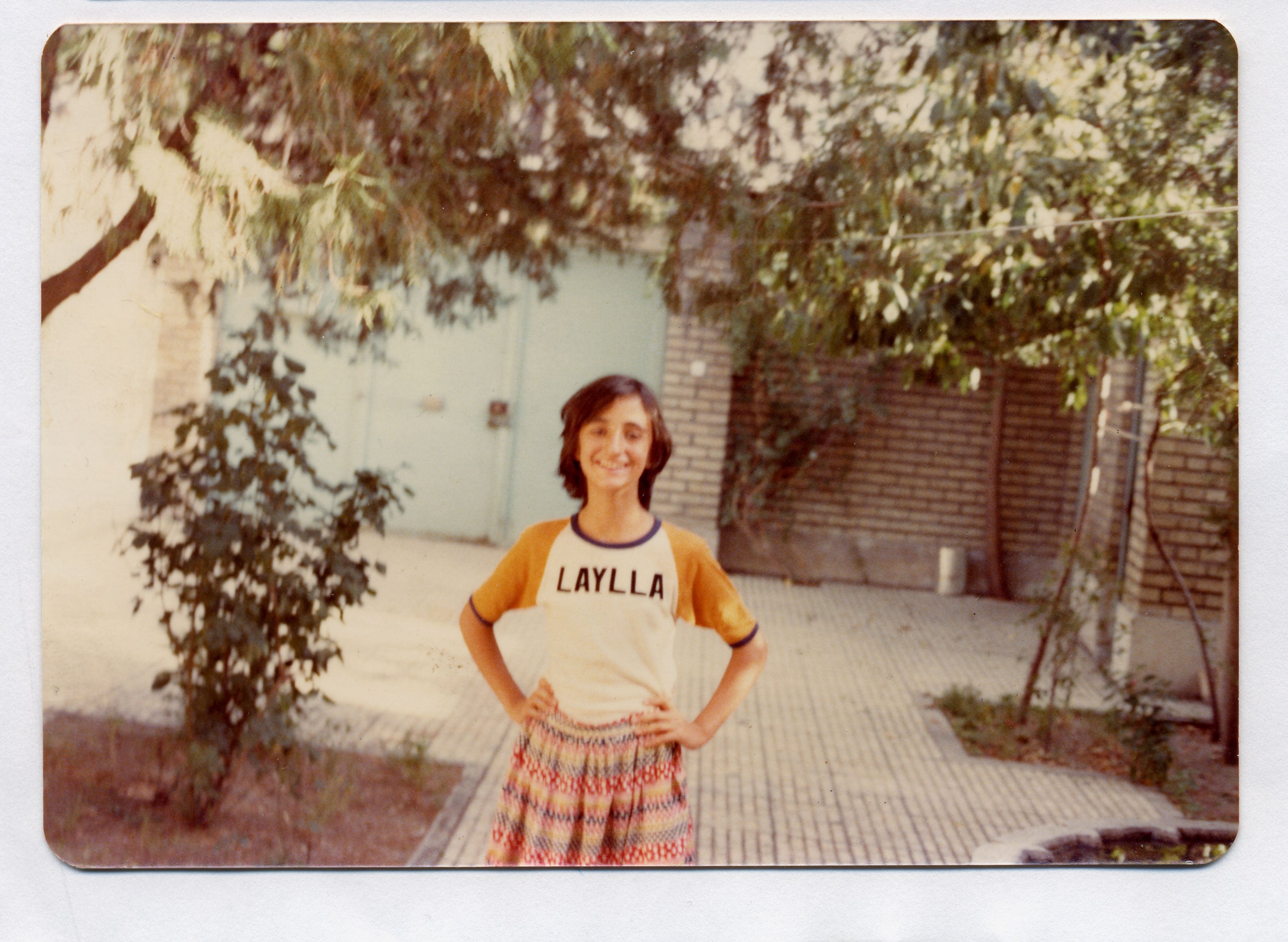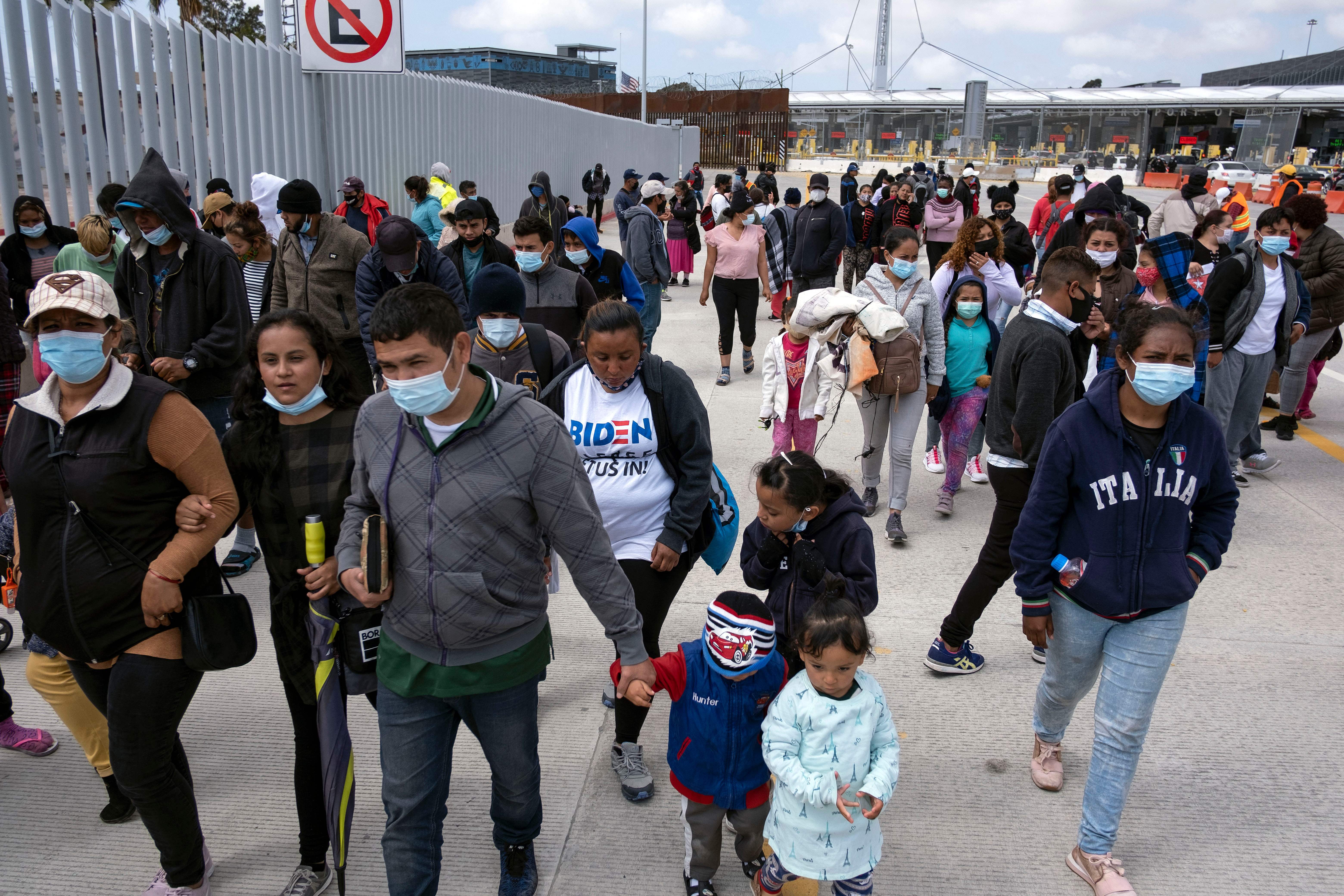Refugee’s ‘Guide to America’ shows what it’s really like to pursue the American Dream
Poet and author Roya Hakakian’s new book offers US-born readers the chance to see America through a newcomer’s eyes, writes Chantal Da Silva


Looking back, there are countless truths Roya Hakakian, the author of A Beginner’s Guide to America for the Immigrant and the Curious, wishes she had known about the US before she arrived in the country as a teenage refugee in the 1980s. For example, do native-born Americans even recognise what a privilege it is to be able to return store-bought items on demand?
“I think many people who have been born and raised here have just made certain assumptions about, you know, [even] the shopping experience,” Hakakian tells The Independent . “People assume that anywhere in the world, if you’ve kept your receipt, you can return an item to the store where you bought it from.
Yet, in many countries around the world, that simply isn’t the case and part of that, the author and poet said, is because not all nations have a “system that’s set up around the rights of the individual ... That is almost uniquely American.”
Read More:
Obviously the US is not the only country in the world where you can return a store-bought item. However, for Hakakian, who lived through the Iranian Revolution of 1979 as a Persian Jewish teen before fleeing to the US with her mother over fears of religious persecution, along with thousands of other Persian Jews, the ability to march into a shop and demand her money back – at least “within the terms of the receipt” – represents something significant: life in a democratic society where the rights of the individual are, at least in some large part, protected.

“If you have lived in a society where those rights don’t exist, you’re awed by the fact that this simple piece of paper can do so much,” she says.
While her new book, A Beginner’s Guide to America, succeeds in dispelling myriad mysteries about American life for newcomers, don’t be fooled by the tome title, because it is just as much written with US-born readers in mind. By defining the immigrant experience, Hakakian seeks to tell US-born readers what it’s like to leave everything behind and pursue a life in America, an experience she says is often paid little consideration in the immigration debate.
In a huge way, it is about trying to bring native-born readers closer to these thoughts, anxieties and emotions, as well as the step-by-step, practical processes that immigrants undergo
“In a huge way, it is about trying to bring native-born readers closer to these thoughts, anxieties, and emotions, as well as the step-by-step, practical processes that immigrants undergo,” Hakakian says.
The idea for the book first germinated in the author’s mind in 2016, at a time of international focus on the US border. “It was a moment in 2016 when former president [Donald] Trump began talking about immigration and he had a repertoire of speakers and slogans that included ‘building the wall’ and ‘banning Muslims’, which included Muslims from my birthplace of Iran,” Hakakian says, referring to what would become Trump’s travel ban affecting predominantly Muslim-majority countries.
‘I would not have been admitted’
As the author watched Trump’s immigration crackdown play out after he took office in January 2017, she was disturbed to realise that had she and her mother tried to seek refuge in Trump’s America, they likely would have been turned away.
“There was a great deal of discussion about merit-based immigration ... instead of just [welcoming] the tired, the poor and the huddles masses,” she says. “I had come as a teenager with a backpack, no wealth to speak of and no English and obviously, being 19, I had no skills either.
“So, there was a moment where I practically froze because [back then] I would not have been admitted.”
In fact, the Hebrew Immigrant Aid Society-operated programme that helped Hakakian and her mother obtain refugee status in the US in 1985 was severely hampered for years due Trump’s former ban, which came to be known colloquially as the “Muslim ban” and which was rescinded by President Joe Biden on his first day in office.

“It really got me to think deep and hard about what I could inject into this very tense and hard conversation about an issue that had practically divided the nation. I thought that the best I could do was to portray [and] bring the readers as close as possible to the experiences of the immigrant and to make the immigrant accessible and knowable in hopes that in that process, the immigrant would become less frightening and more humane,” Hakakian says.
‘Joys’ and ‘heartbreaks’
The outcome is an impactful book that manages to be mirthful and melancholy in turns. Describing the experience of arriving at customs, for example, Hakakian writes: “If you are not lucky – for this is where you could be detained or turned back – you will reach the booth of a moody officer who will only ask for your passport. You offer it reverently, in the palms of both hands, like a sacrifice at an altar. With every leaf he turns, your heart beats faster. You are ready to be suspected, interrogated for your ‘country of origin.
“Sweat beads on your temples. Nothing good ever came of a uniform where you used to live. Uniforms belonged to the powerful. They were the people you had to outfox. Here you must do your best to remember that the officers in the booths have little in common with the ones you used to fear. Take deep breaths and remind yourself that you are in a place where the law, for the most part, is king.”
Ultimately, Hakakian strives to portray the American landscape as the complex fresco it is and has always been, however shifting. While acknowledging the country’s shortcomings, the author asks newcomers to leave their preconceptions of the US at the departures gate.
Even before going through the last set of metal detectors to get on a plane to your final destination, place your views of America – along with your shoes, keys, coins, and cell phone – in the grey rubber bins, and leave them there
“...Even before going through the last set of metal detectors to get on a plane to your final destination, place your views of America – along with your shoes, keys, coins, and cell phone – in the grey rubber bins, and leave them there,” she writes.
“What you know is likely to be a distortion: not without truth, but without precision. It always takes months, if not years, to sift through all that one has hauled across the continents and decide what to keep and what to scrap.”
America, Hakakian writes, will “surely break your heart, but the heartbreaks, like the joys, are not in the scripts you have been handed. The sooner you part with the old inherited notions, the faster you will navigate your way through the thicket of your new life. And this is the first day of that new life, a second birth of sorts.
“The day of your arrival will someday become a major date in your calendar. It won’t public like the Fourth of July or New Year’s Day, nor festive like a birthday, but it will give you an annual pause and you will look back tenderly at yourself and at this very moment, standing on the street, breathing the air of a new world.”
For Hakakian, that world is one that is currently in the process of defining and redefining its values as a country.
What it means to be American
Under the Biden administration, there has once again been a renewed focus on the US border, as the country sees a largely seasonal rise in arrivals of asylum seekers and migrants in the midst of an effort to overhaul the US immigration system.
Addressing the situation at the US border, Hakakian said the numbers of people fleeing their homelands in search of refuge in the US should be seen as a “complete tragedy”.
” I think it’s a complete tragedy and I do not think it’s merely a question of immigration. I think it speaks of a much larger crisis which has to do with domestic violence, gang violence, governmental corruption and environmental change,” she says. “To reduce it to a mere crisis of immigration would be to diminish the seriousness of what’s occurring and what will only get worse.”
Rather than seeking out ways to deter migrants and asylum seekers from making their ways to countries such as the US, Hakakian said world leaders need to focus on the “forces that drive” people to flee their homes and to “try to address them in such a way that changes the conditions that make living where they are intolerable”.

That is a task the Biden administration has vowed to take on, seeking to work with Central American countries, where the majority of people arriving at the US border are coming from, to address synergies of violence, poverty and corruption forcing thousands of people to flee each year. Part of that has also included the restoration of vital aid that was slashed under Trump.
Read More:
While Hakakian says she is glad to see steps being taken to change America’s course on immigration, she notes that “we are living in divisive times and...there’s a lot of tension around this issue”.
How the US will respond to the plight of asylum seekers and migrants arriving at the border in the years to come, she says, “is a fundamental question that we need to sort out because it goes to the heart of what it means to be American”.
“How we understand, receive and resolve our immigration issues reflects how we understand and define ourselves as Americans and how we perceive the history and the principles upon which this country has been built,” she says. “I think it’s one of those primordial existential questions that, in my opinion, is at the heart of the essence of this nation.”
Join our commenting forum
Join thought-provoking conversations, follow other Independent readers and see their replies
Comments